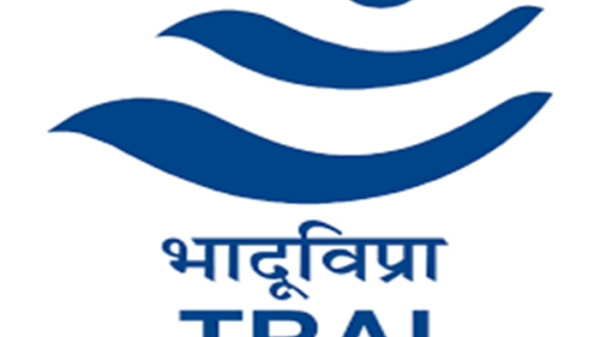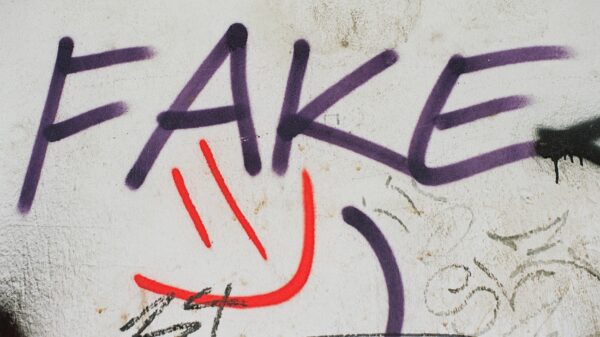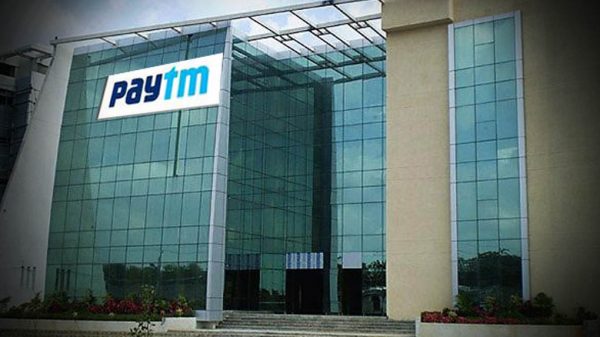Is it a good idea to arrange for surveillance in schools? To what extent can guardian figures be allowed to invade children’s privacy? Should monitoring of students be considered on a case-to-case basis? As technology has progressed, there has been much debate within the education ecosystem on how to integrate the new mechanisms into children’s lives. Particularly, the introduction of CCTV systems in schools.
FREE READ of the day by MediaNama: Click here to sign-up for our free-read of the day newsletter delivered daily before 9 AM in your inbox.
Surveillance as a means of protection: It appears different regions have come up with different answers to these questions. For example, schools under the jurisdiction of Mumbai’s Nagpada police are to have CCTV cameras on-premises as per the Free Press Journal.
The move was introduced as a security measure after the alleged sexual assault of a five-year-old girl in a civic school compound and conversations with school authorities. As many as 22 schools welcomed the idea of CCTVs with plans to issue identity cards to parents, school bus/van drivers, etc.
Similarly, the Navi Mumbai Municipal Corporation (NMMC) announced plans to install CCTV cameras in 55 schools under the corporation’s ‘Shikshan Vision’. As per The Print report, officials said this was to improve the security of students and teaching staff.
PIL against CCTVs in schools: While on the face of it, monitoring students for the sake of security seems like a good idea, experts concerned about children’s rights have criticized such moves. In Delhi for example, the Delhi Parents Association (DPA) have filed public interest litigation (PIL) pleas against the government’s flagship programme of installing nearly 1.5 lakh cameras in schools, reported the Bar and Bench.
The organisations along with the Government School Teachers’ Association have filed their stand against the cameras since 2020 stating that they violate students’ and teachers’ right to privacy. As per their petition that was previously viewed by MediaNama, the organisations claimed the cameras failed the tests laid down in the Right to Privacy judgement. Not to mention in both Mumbai and Delhi, CCTV surveillance will lead to significant personal data collection with no laws in place to safeguard the information. This absence of such laws further complicates the situation.
Delhi Court waits for the project SoP: Whatever one’s stand on surveillance, the Nagpada incident makes it clear that the idea of CCTV cannot be entirely dismissed even inside educational premises. Regions like Nagpada, located near railway stations or similar public areas and coupled with poor lighting need the extra security of CCTV surveillance.
At the same time, installing cameras even inside classrooms seems like an over-correction. As pointed out by the DPA in their pleas, constant surveillance has a “chilling effect on interactions with students.”
During the hijab controversy, the Karnataka government argued that girl students need only remove their scarves inside classrooms and not on school grounds. Can a similar version of this argument also be applied to CCTV cameras in schools where surveillance on school grounds is allowed but not inside classrooms?
This post is released under a CC-BY-SA 4.0 license. Please feel free to republish on your site, with attribution and a link. Adaptation and rewriting, though allowed, should be true to the original.
Also Read:






























